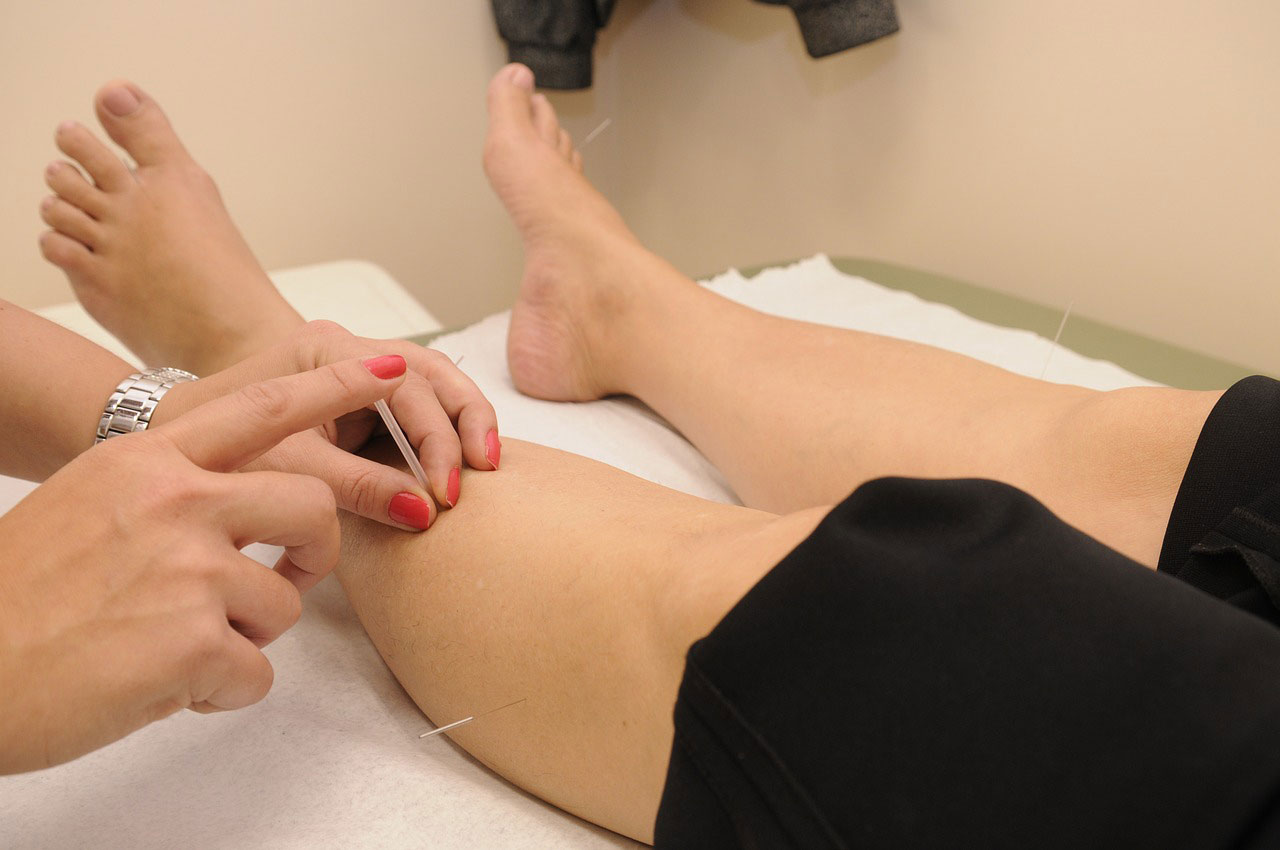Acupuncture
 People have been using acupuncture and Chinese medicine for thousands of years to treat all kinds of disorders. The practice of acupuncture is one of the pillars of Chinese medicine that includes Chinese herbal therapy, nutritional therapy, Tui Na, and Qi Gong. A licensed acupuncturist may incorporate any or all of these modalities in a single treatment. When one thinks of acupuncture, the use of needles is the first thing that comes to mind. While this is the main tool of our trade, there are other protocols used as well. Depending on the diagnosis and the patient, a practitioner may use electroacupuncture, cupping, Gua Sha, or moxibustion in a typical acupuncture treatment either as an adjunct to needles or as a stand-alone therapy.
People have been using acupuncture and Chinese medicine for thousands of years to treat all kinds of disorders. The practice of acupuncture is one of the pillars of Chinese medicine that includes Chinese herbal therapy, nutritional therapy, Tui Na, and Qi Gong. A licensed acupuncturist may incorporate any or all of these modalities in a single treatment. When one thinks of acupuncture, the use of needles is the first thing that comes to mind. While this is the main tool of our trade, there are other protocols used as well. Depending on the diagnosis and the patient, a practitioner may use electroacupuncture, cupping, Gua Sha, or moxibustion in a typical acupuncture treatment either as an adjunct to needles or as a stand-alone therapy.
How does acupuncture work?
Long before the human body was described in terms of cells and metabolic functions, the ancient Chinese developed methods for restoring health based on the concept of regulating the vital energy or Qi (pronounced chee) and blood that flowed throughout the body. The master would say, “if the Qi and blood are abundant and flowing smoothly in the body, then the 100 diseases cannot happen”. From that single concept came a medical paradigm that is explained in a plethora of texts, canons, and classics on Chinese medicine. By accessing the Qi in the body via specific acupuncture points, one can boost or nourish that which is deficient or one can resolve and reduce that which is excess. Sometimes the Qi is blocked from either external or internal influences and it needs to be stimulated or unblocked. Simply stated, we are returning the body to its natural state of balance and harmony.
Today, in an effort to explain this in a Western medical setting, there have been studies done which show that acupuncture stimulates various neurotransmitters that can initiate a healing response in the body. Basically, endorphins or other neuropeptides are released which not only boost our immune system and regulate body function, but also have a direct relationship on our perception of pain.
